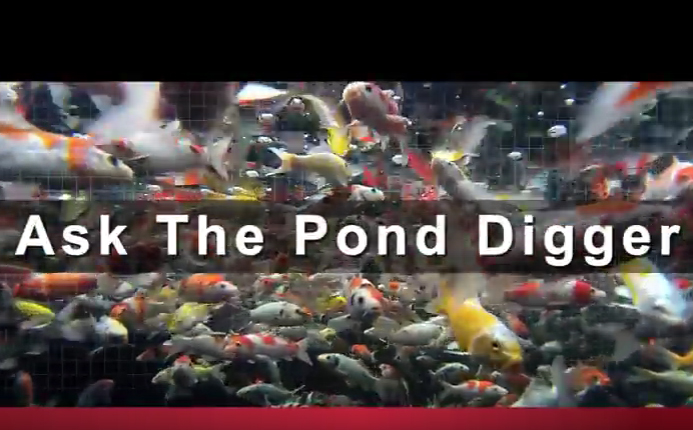Luxury Liners

Just one question is covered in “Ask the Pond Digger” this time, in response to a gentleman who asked me to compare reinforced polyethylene (RPE) and ethylene propylene diene monomer (EPDM) liners for use in ponds. I get this one all the time, from do-it-yourselfers looking to save some money – and from professionals who are thinking likewise.
I use both materials, personally, and it’s decided more by the application than by the expense – an outlook based on long experience with liners of every description. What anyone organizing a project has to consider is whether the installation characteristics of the less expensive material (RPE costs about 30 percent less) outweigh the savings it offers over the EPDM option.
For me, workability is the key: EPDM is flexible and even stretchable in ways that RPE is not, so if the project involves any level of complexity – which is almost always true in ecosystem ponds of just about any size – I’ll go with EPDM almost every time. It’s an easy choice, because I find that we’ll burn through any savings on the raw material by way of the extra labor involved in trying to work with a much-less-malleable RPE liner.
If I’m working on a big pond in a big meadow where the objective is a huge surface area for great reflections, bird visitations or even rowing around in a boat, the pond’s interior will generally have fewer features and a greater focus on edge treatments than on interior shelves and levels. I’ll use RPE here because we’re basically rolling out big sheets and aren’t spending much time creating contours, steps or shelves.
If I’m working on a small pond, there will usually be a more complex interior configuration, and it’ll save us a ton of time and effort to work with a material that goes in quickly and can be maneuvered into place with relative ease. And if a big pond has lots of features – multiple depths for big fish, lots of interior rockwork and planting shelves, complex inlets and bays around the perimeter – it’ll be EPDM almost every time, even at half an acre and above.
In either case, the labor is much more costly than the liner material will ever be, so I’ll come down on the side of labor-saving EPDM whenever it makes sense. Bottom line: Both materials are great, depending on the application. Think things through and the choice is easy.
To see all of the details involved in this liner-selection discussion, click here.
Eric Triplett is founder and chief executive officer at Pond Digger Waterscape Design & Construction in Yucaipa, Calif. He may be reached at eric@theponddigger.com.










